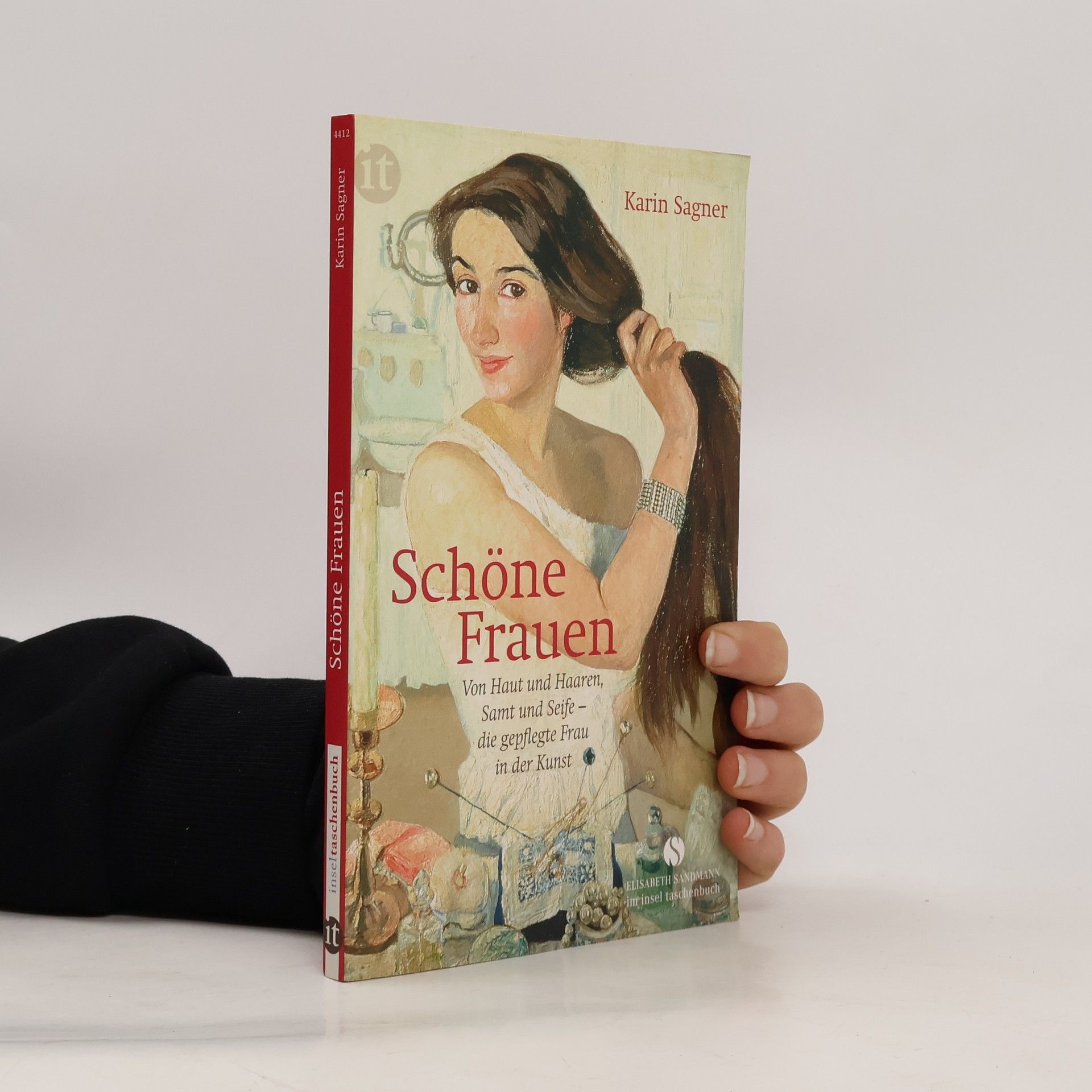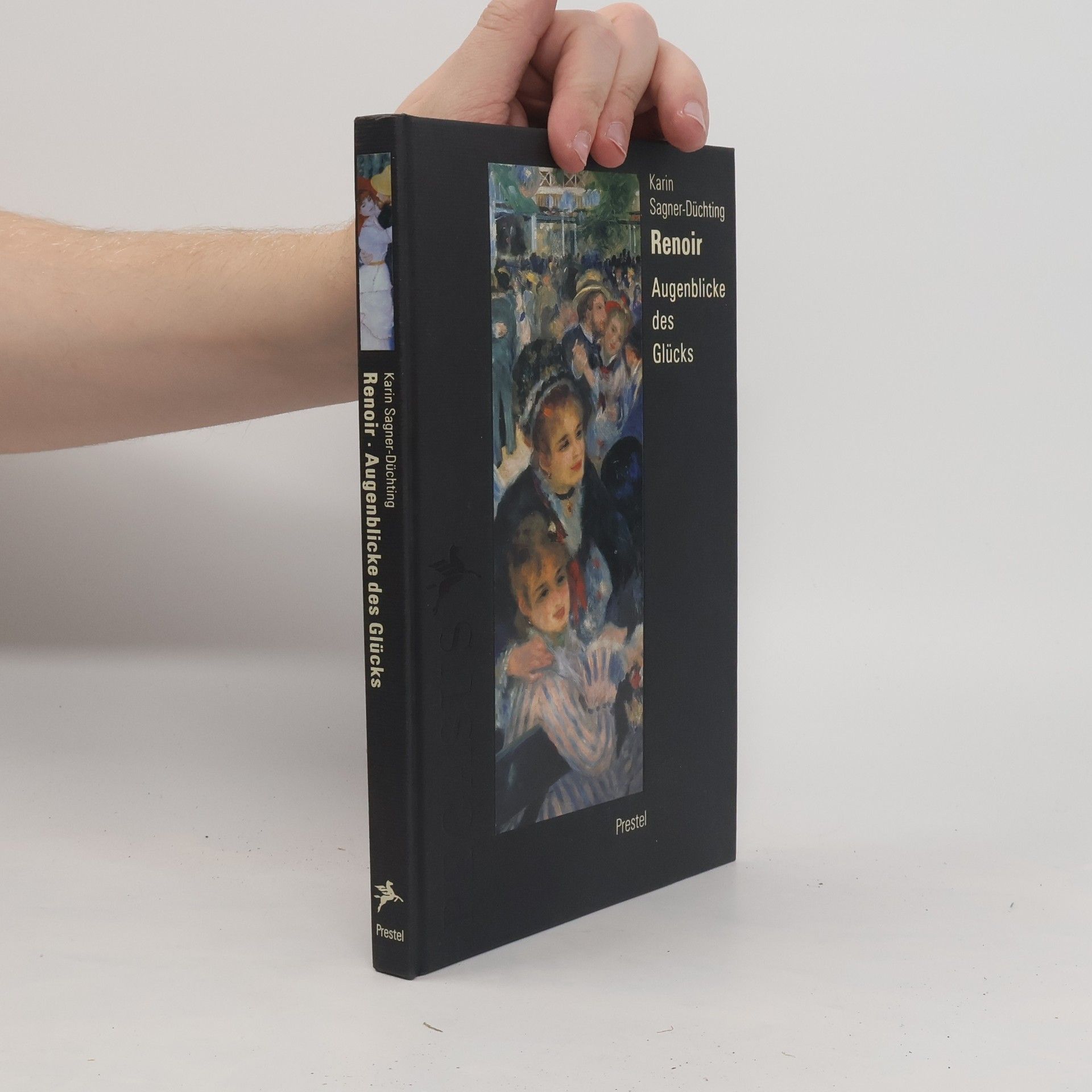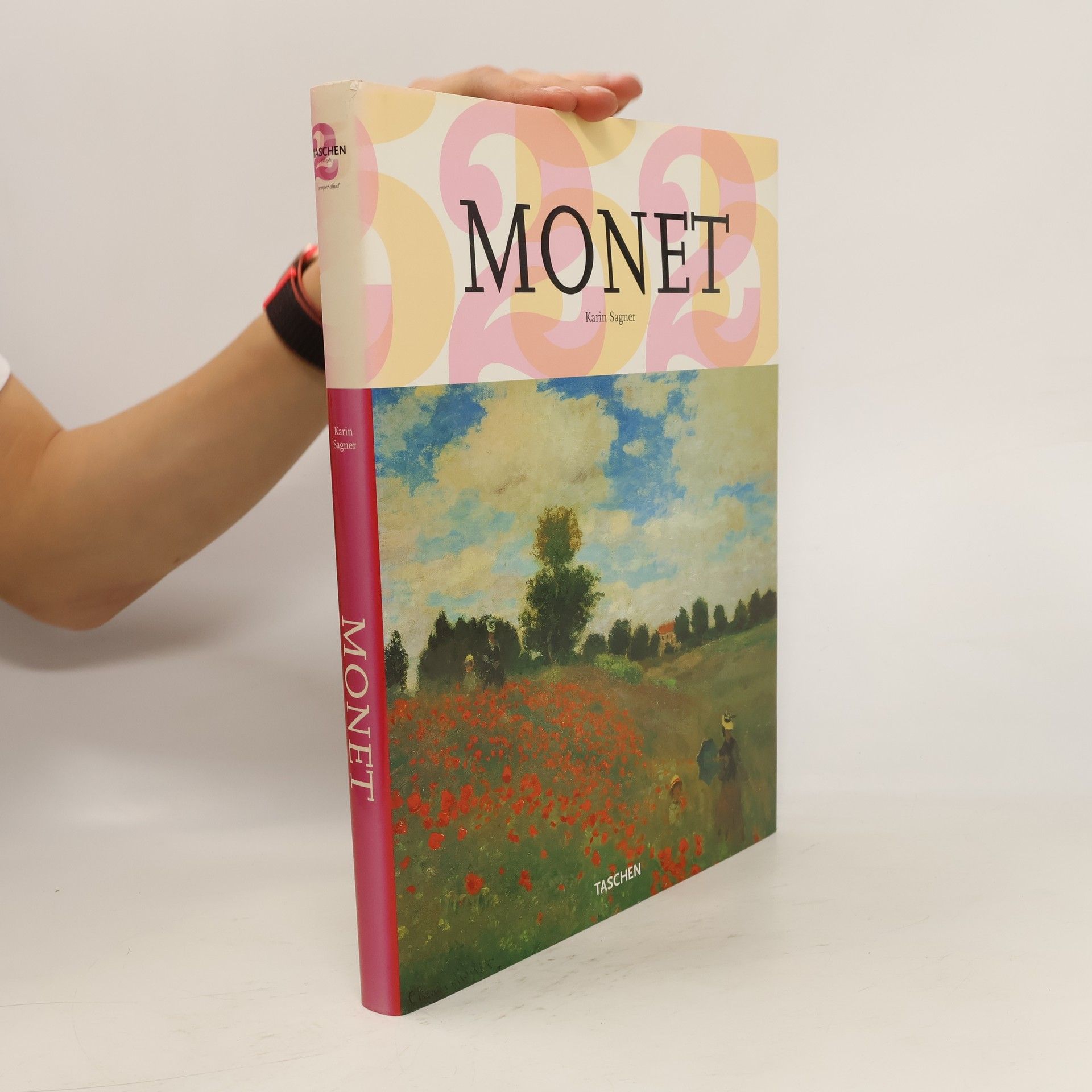Mujeres que pisan fuerte
- 136 pages
- 5 hours of reading






Pierre-Auguste Renoir, einer der produktivsten impessionisten, gehörte zum Kreis der Impressionisen wie Claude Monet, Alfred Sisley, Frédéric Bazille und Édouard Manet, mit denen er anfänglich viel gemeinsam im Freien malt. Später liebte es Renoir gesellschaftliche Anlässe in Paris darzustellen und Lebensfreude in Bilder umzusetzen. Er wurde ab Mitte der 1870er Jahre ein erfolgreicher Porträtist der Pariser Gesellschaft, was ihm ein auskömmliches Leben ermöglichte. Als er an Rheuma erkrankte zog er sich ins milde Klima Südfrankreichs zurück.
This elegant survey of more than 60 works of art chronicles the nascent liberation when women began to walk freely by themselves in public
Freiheit – Abenteuer – Unabhängigkeit
Spazierengehen und Wandern in der freien Natur war lange Zeit ausschließlich Männern vorbehalten. Für Frauen galten diese Betätigungen als unschicklich und gefährlich. Bereits ohne Begleitung auf den Boulevards in der Stadt zu promenieren oder allein über die Wiesen zu spazieren wäre undenkbar gewesen. Erst um 1900 begann sich dies zu ändern. Nun zog es auch die Frauen hinaus ins Freie. Sie zogen die Korsagen aus und die Schnürstiefel an und suchten eigene Wege. Und befreiten sich damit nicht nur von starren Konventionen, sondern entdeckten ein neues Natur- und Körpergefühl. Auf eigenen Füßen in eine neue Unabhängigkeit!
Die Arbeiten des französischen Malers Paul Gauguin sind von einem Streben nach dem einfachen Leben geprägt. Anfänglich bevorzugte er die bretonische Landschaft und ihre Menschen als Motiv, später wurden Südseeimpressionen zum zentralen Gegenstand seiner Bilder. Im Jahr 1888 begann Gauguin damit, eine neue Malweise mit eigener Bildsprache zu entwickeln, den Synthetismus. Von der Rückbesinnung auf die Kunst alter Kulturen und der einfachen, ursprünglichen Gestaltung erhoffte er sich eine Verjüngung und Erneuerung der Malerei. Mit ihrem Gauguin-Band zeichnet die erfolgreiche Kunsthistorikerin und Ausstellungskuratorin Dr. Karin Sagner das faszinierende Porträt des Malers Paul Gauguin. Die Autorin beschreibt die Entwicklung des Künstlers von den Lehrjahren im Banne des Impressionismus bis hin zur Erarbeitung seiner eigenen symbolistischen Bildsprache, dem Synthetismus.
Die Malerin Hélène de Beauvoir (1910–2001) war ebenso talentiert wie ihre Schwester, die berühmte Schriftstellerin. Ihre Bilder, die Pablo Picasso als „originell“ bezeichnete, unterwarfen sich keinem bestimmten Kunststil. Der Hirmer Verlag zeigt in einem persönlichen Bildband eine Auswahl ihrer Werke. Ein bemerkenswertes Ölgemälde zeigt eine nackte Frau, die von vier in Rot gekleideten Richtern betrachtet wird, ihre Gesichter sind schmutzig und anonym. Diese Darstellung symbolisiert Unterdrückung und das Ausgeliefertsein an die männliche Übermacht. Zehn Jahre später, 1987, malt sie Frauen in Kleidern und Badeanzügen, die Lebensfreude und Urvertrauen ausstrahlen. Die Kunsthistorikerin Karin Sagner beschreibt diese Phase als Inbegriff der Lebensfreude. Hélène de Beauvoir experimentierte mit verschiedenen Stilen, um ihre innersten Gefühle – Freude und Wut – auszudrücken, und entwickelte ihren eigenen Weg zwischen Realismus und Abstraktion. Ihre Reisen mit ihrem Ehemann, dem Diplomaten Lionel de Roulet, prägten ihre Kunst: von marokkanischen Landarbeiterinnen bis hin zu kubistisch anmutenden Gondeln in Venedig. Der Bildband bietet Einblicke in ihr Leben als Künstlerin, Feministin und Freundin von Jean-Paul Sartre, ergänzt durch Essays und private Fotografien, die Hélène in verschiedenen Lebensphasen zeigen.
Claude Monets Garten in Giverny und seine Umgebung stellen die Inspirationsquelle für seine Landschaftsbilder dar. Diese machten ihn zu einem der wichtigsten Maler des Impressionismus. Unterhaltsam und informativ verbindet die Autorin Leben und Schaffen des Künstlers und gewährt Einblick in seine letzte Schaffensphase. Die Bildbetrachtungen werden durch Briefauszüge des Malers und Fotografien von Haus und Garten ergänzt, die zu einem eigenen Giverny-Besuch einladen.
Welche Ausstrahlung muss ein Mann haben, um so mühelos die Herzen so vieler Frauen zu erobern? Pierre-Auguste Renoir, bisher eher bekannt als Meister des Impressionismus, hatte noch eine weitere Begabung, nämlich die des Verführers. Er liebte die Frauen und sie ihn. In seinen Bildern zeigt er einfache Mädchen vom Land, brave Frauenzimmer und feine Gesellschaftsdamen der Pariser Bourgeoisie. Mit vielen seiner Modelle hatte er Beziehungen, und von fast allen in diesem Buch vorgestellten Musen und Liebhaberinnen sind Fotografien überliefert. Erstmals stellt die Kunsthistorikerin Karin Sagner nun den Gemälden Renoirs die »echten« Frauen gegenüber und erzählt ihre Geschichte. Dabei offenbart sich, dass diese Frauen im wirklichen Leben selten Renoirs idealen Vorstellungen von Weiblichkeit entsprachen und sie nur auf seinen Gemälden gemeinsam eine harmonische Einheit bilden. Der Urenkel des großen Meisters, Jacques Renoir, erzählt in seinem Vorwort von den Familiengeschichten, die sich um die Frauen ranken und die sich über Generationen erhalten haben.
Schönheit, Optimismus und Lebensfreude kennzeichnen die Bilder Pierre-Auguste Renoir, der sich in seinen Bildern den positiven Seiten des Lebens zuwandte und sein Publikum damit bis heute begeistert. Nun erweist der Künstler sich als Virtuose im Umgang mit zeitgenössischen Textilien. Exhibition: Kunstsammlungen Chemnitz (2011/2012).
Die Frage nach weiblicher Schönheit erhitzt nicht nur die Gemüter, sie unterliegt auch seit jeher ganz bestimmten Vorstellungen: Die einen liebten üppige Körper, die anderen schmale Silhouetten, die Frage, ob rote, braune oder blonde Haare, Natürlichkeit oder Make-up trennte die Epochen. Was schön ist und warum, mit welchen Hilfsmitteln sich Schönheit steigern lässt, welche Haarfrisuren wann à la mode waren und warum Frauen mit Lippenstift zu neuem Selbstbewusstsein gelangten – all das erklärt die Kunsthistorikerin Karin Sagner anhand zahlreicher Gemälde und zeigt, dass die Frage nach Schönheit stets im Auge des Betrachters liegt.